Bullmastiffs are a powerful and imposing breed, known not just for their size and strength but also for their distinctive coat colors. Originally bred in England for guarding estates, the Bullmastiff’s colors were selected to provide camouflage while patrolling the grounds at night. Today, these colors not only serve a functional purpose but also add to the aesthetic appeal of the breed. The Bullmastiff’s coat, though short, can display a variety of beautiful shades that are both striking and subtle, depending on the dog. The breed standard recognizes a few specific colors and markings, each bringing its own unique flair to the breed’s robust appearance. This article explores seven stunning variations of Bullmastiff colors, highlighting the beauty and distinctiveness of each.
1. Fawn
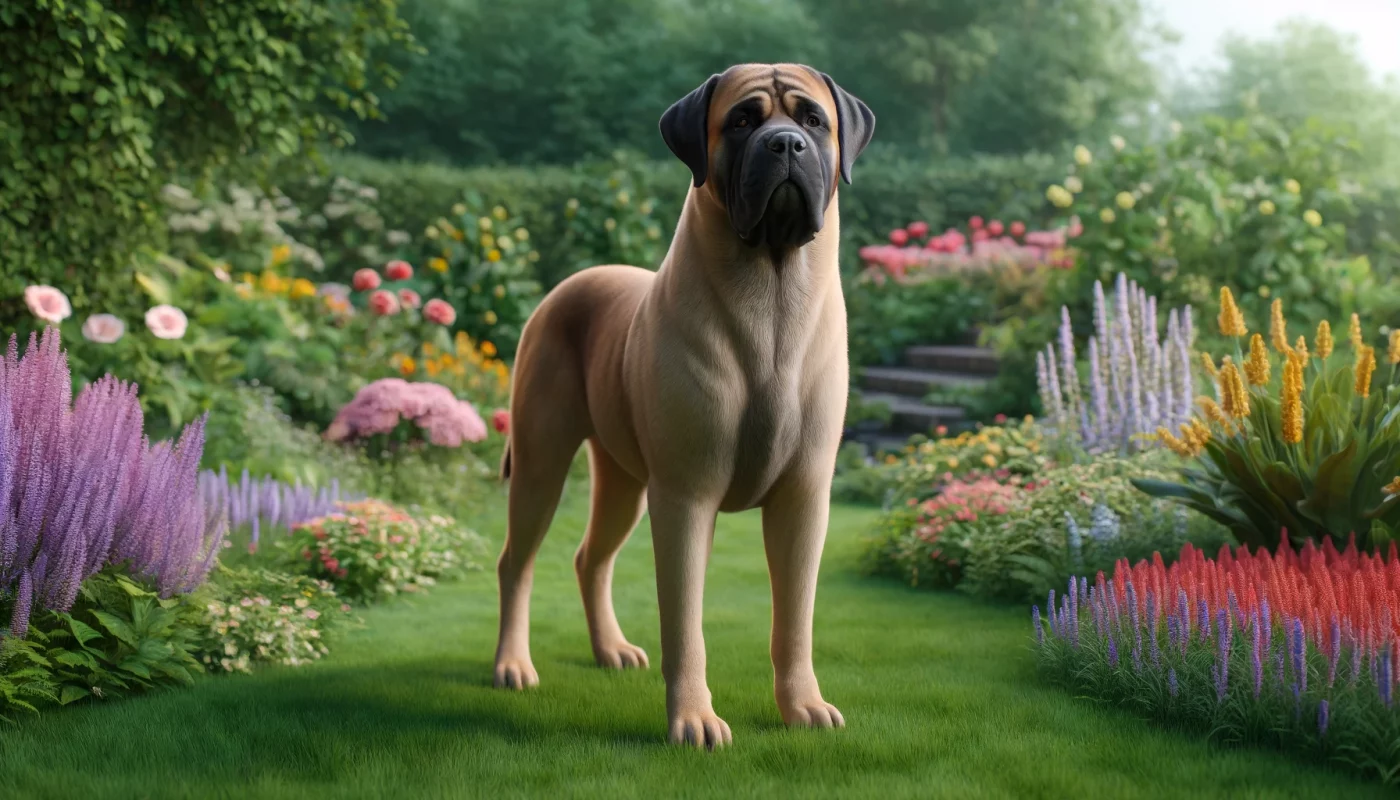
The fawn color in Bullmastiffs ranges from a light, sandy shade to a richer, darker hue, almost like cinnamon. This color provides a striking backdrop against the breed’s black mask, which is a critical characteristic of the Bullmastiffs. The contrast between the light body and the dark face not only enhances the dog’s expressive eyes and wrinkled brow but also accentuates its imposing physique. Fawn Bullmastiffs are often seen in the show ring and are admired for their elegant yet powerful appearance. The lighter shades can sometimes hide the wrinkles a bit more than darker colors, but they beautifully highlight the muscular contours of these dogs.
2. Red
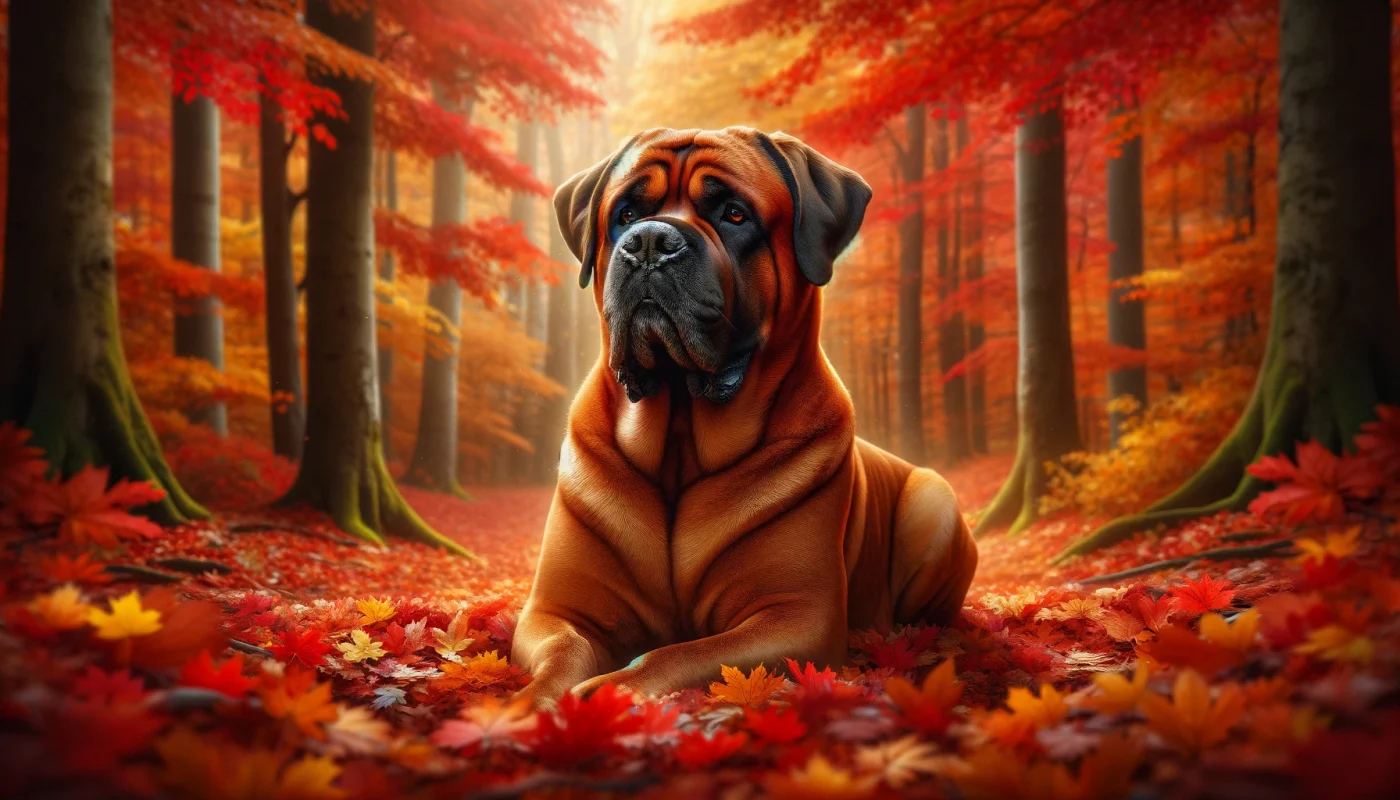
Red Bullmastiffs are a deep, rich shade that can range from medium to dark red. This color is lush and vibrant, often gleaming like burnished copper when the sun hits the coat just right. Like their fawn counterparts, red Bullmastiffs have a mandatory black mask that enhances the intensity of their overall appearance. This coloration is highly prized for its beauty and the way it can vary from one dog to another, with some displaying a more muted rust and others a dazzling, deep cherry.
3. Brindle

Brindle Bullmastiffs boasts a spectacular striped pattern that overlays a fawn or red base. The stripes can vary from light grey to black, providing what is essentially a natural camouflage. This striking pattern is especially favored for its traditional association with the breed’s guarding origins, as it helped them blend into the wooded estates they patrolled. Brindle is less common than solid colors but is equally recognized and celebrated in the breed standards. The varying contrast and pattern depth can make each brindle Bullmastiff unique.
4. Red Fawn

Red fawn is a subtle blend of the red and fawn colors, creating a warm, golden tone that catches the eye. This color variation is not as stark as the pure red or fawn but has a gentle radiance that softens the Bullmastiff’s rugged features. The red fawn Bullmastiffs also feature the characteristic black mask, which helps to define the face and expressions. This color can sometimes appear to change in different lights, giving these dogs a somewhat chameleon-like quality.
5. Light Fawn

Light fawn Bullmastiffs are the palest variation of the fawn shades. This coat color is almost beige and provides a stark contrast to the black mask, making the dog’s facial features pop dramatically. Light Fawn is quite striking because it highlights the sheer bulk of the Bullmastiff without the distraction of a darker, richer color. It’s an elegant shade that offers a different aesthetic from the more common darker fawn.
6. Dark Fawn Brindle
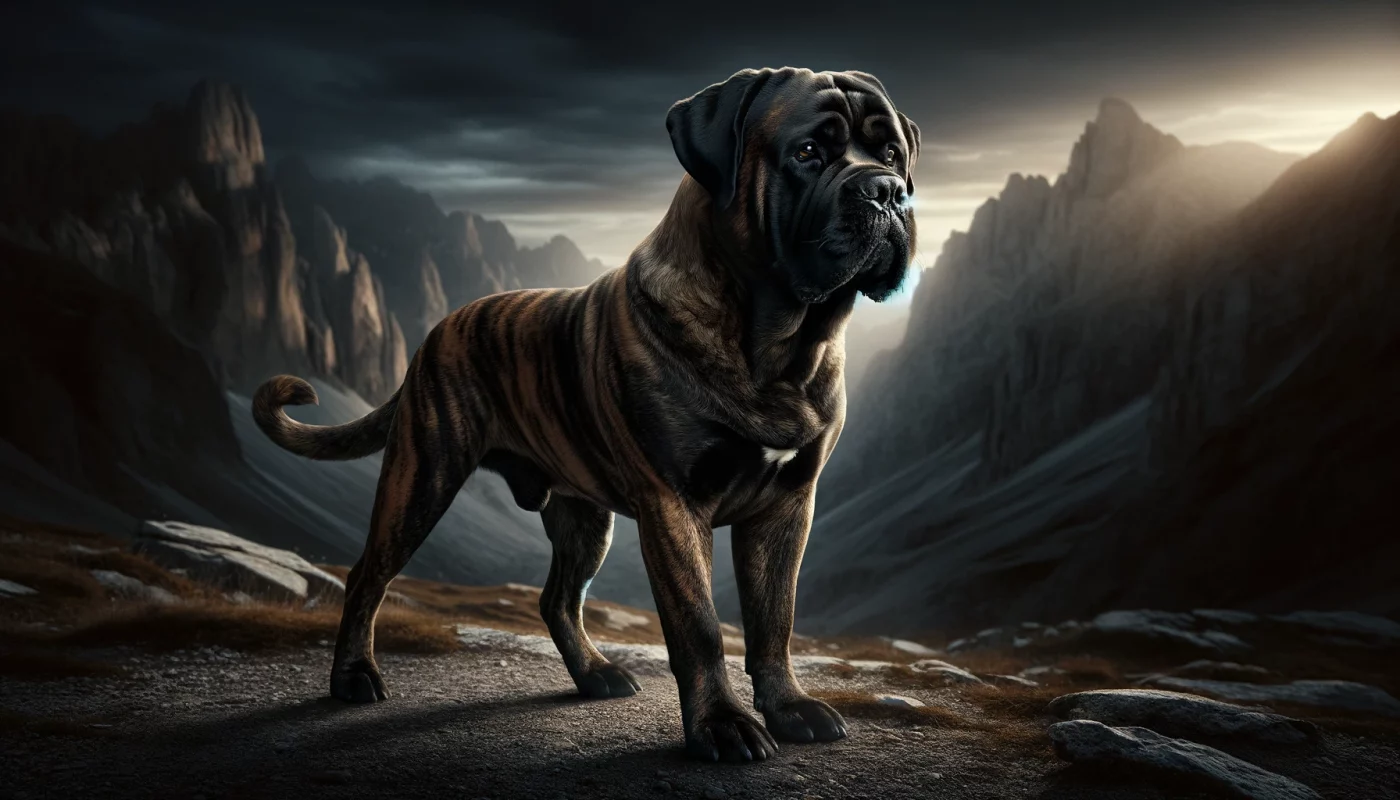
Dark fawn brindle is a deeper, richer version of the brindle, where the base color is a dark fawn, almost approaching a muddy brown, overlaid with black or dark grey stripes. This color variation offers an intensified version of the camouflage effect, with the dark tones providing a more profound contrast against the stripes. Dark fawn brindle Bullmastiffs are particularly imposing, with the pattern lending an extra layer of depth to their already formidable presence.
7. Striped Brindle
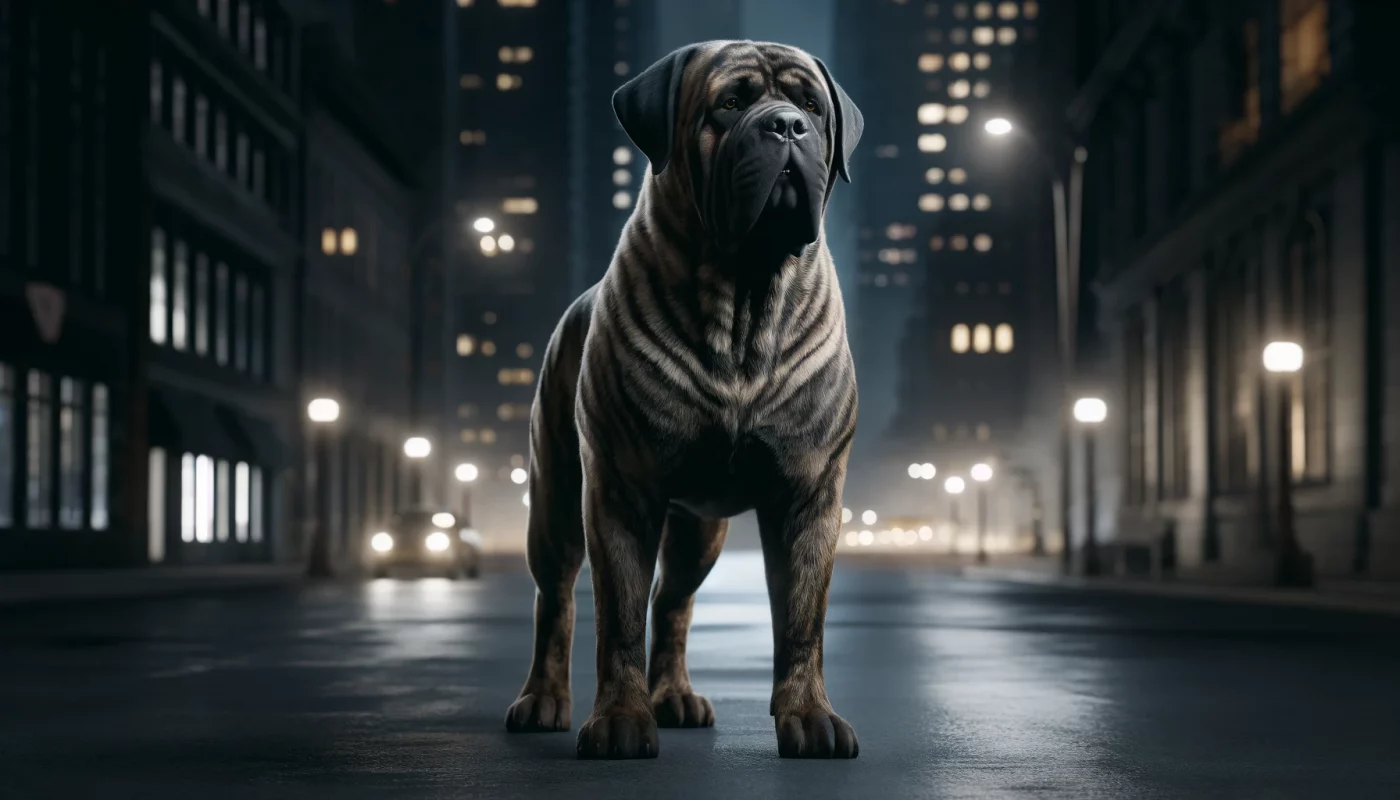
Striped brindle takes the typical brindle pattern and amplifies it with more pronounced and densely packed stripes. This variation can make the Bullmastiff look almost like a different breed, with a wildly contrasting coat that can be both captivating and intimidating. The stripes are usually dark, set against a lighter background, which can range from light fawn to darker red fawn, making each striped brindle Bullmastiff distinctly unique.
In summary, the Bullmastiff’s coat colors are not only a reflection of the breed’s functional past but also a significant aspect of its visual appeal. From the subtle light fawn to the dramatic striped brindle, these colors make the Bullmastiff not just a guardian of the night but a standout show dog and beloved companion. Each color variation brings with it a unique charm, ensuring that this breed continues to captivate and impress dog lovers around the world.
Frequently Asked Questions About Bullmastiff Colors
1. What is the most common color for Bullmastiffs?
The most common color for Bullmastiffs is fawn. This shade ranges from a light, sandy beige to a deeper reddish hue. Fawn Bullmastiffs typically feature a distinctive black mask that covers the face, enhancing their expressive eyes and adding a stark contrast to the lighter shade of their coats. This color is favored for its striking appearance and adherence to breed standards, which makes fawn a popular choice among both breeders and dog show enthusiasts.
2. Are there any colors that are not accepted in the Bullmastiff breed standard?
The Bullmastiff breed standard does not accept blue or liver (chocolate) colors. These colors are considered faults according to major kennel clubs, including the American Kennel Club (AKC). The standard recognized colors are fawn, red, and brindle, all ideally with a black mask. Any other colors or significant white markings are deemed non-standard and can disqualify a dog from show competitions.
3. Can Bullmastiffs be solid black?
No, Bullmastiffs cannot be solid black according to breed standards. While they may have a black mask and possibly some darker shading on their coat, a completely solid black Bullmastiff is not standard and is highly unusual. The recognized colors are fawn, red, and brindle. Any Bullmastiff appearing to have a solid black coat may actually be a very dark brindle or may not meet the breed standard.
4. What does a brindle Bullmastiff look like?
A brindle Bullmastiff features a coat patterned with dark stripes on a lighter base color. The base can be any shade of fawn or red, and the stripes are usually black or very dark brown. This pattern provides a natural camouflage, historically beneficial for the breed’s original role as estate guardians. Brindle can vary greatly, from light, sparse stripes to heavy, dark striping that almost covers the lighter base color, giving each brindle Bullmastiff a unique appearance.
5. How does the Bullmastiff’s color affect its health?
There is no direct correlation between the Bullmastiff’s color and its overall health. However, breeding for color should be done responsibly to avoid health issues. For example, breeding two dogs with dilute color genes (like blue or Isabella, which are not standard for the breed) can lead to a higher risk of skin and coat problems. Responsible breeders focus on genetic health and temperament rather than trying to achieve non-standard colors.
6. What is a red Bullmastiff?
A red Bullmastiff has a coat color that ranges from a golden, honey-like hue to a deep, rich rust color. This variation still features the characteristic black mask, which enhances the dog’s expression. Red Bullmastiffs are admired for their vibrant, eye-catching color, which can vary slightly in intensity and depth, giving each dog a somewhat unique look within the breed standard.
7. Is the black mask necessary for all Bullmastiffs?
Yes, a black mask is considered a desirable, if not essential, trait for Bullmastiffs according to breed standards. The mask should cover the face and offer a distinct contrast to the base color of the coat, whether the dog is fawn, red, or brindle. The mask adds to the breed’s distinctive appearance, emphasizing the expressive nature of the dog’s face and adhering to the traditional look that has defined Bullmastiffs for generations.
8. Can Bullmastiffs have white markings?
Bullmastiffs can have small white markings, typically on the chest or toes, but extensive white markings are considered undesirable and can be a disqualification in the show ring. The breed standard prefers a solid body color with the appropriate mask, and any significant deviation from this can affect the dog’s standing in conformation events.
9. Do Bullmastiffs’ coat colors change as they grow?
Yes, Bullmastiffs’ coat colors can change slightly as they grow. Puppies may be born with a lighter shade and darken as they mature, especially evident in brindle and red coats. The final adult color is usually established by the time they reach about two years of age, although some subtle changes might continue as the dog fully matures.
10. What grooming requirements are there for maintaining a Bullmastiff’s coat color?
Maintaining a Bullmastiff’s coat color involves regular grooming routines that include brushing a few times a week to remove dead hair and distribute natural oils. Bathing should be done only as needed with a high-quality dog shampoo to avoid stripping the coat of its natural oils, which keep it healthy and vibrant. Proper nutrition also plays a critical role in maintaining the richness and shine of the coat. Supplements like omega fatty acids can be beneficial for enhancing coat health and appearance. Regular vet check-ups can help identify any skin or coat issues early, which can be crucial for maintaining the dog’s overall health and coat condition.

 1 week ago
12
1 week ago
12
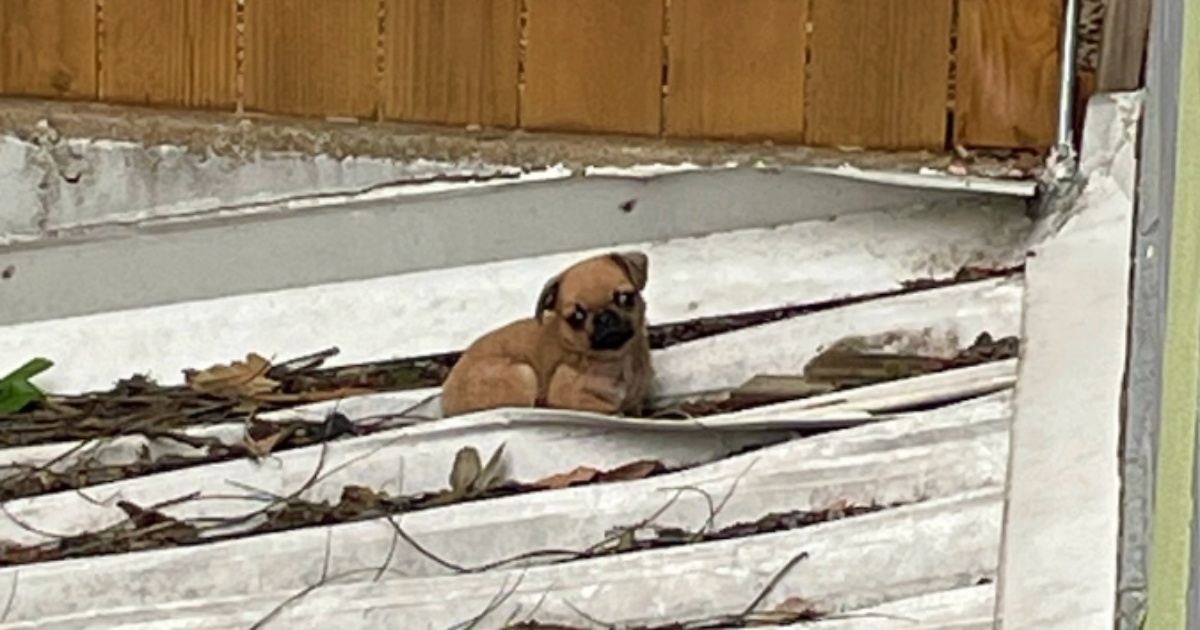
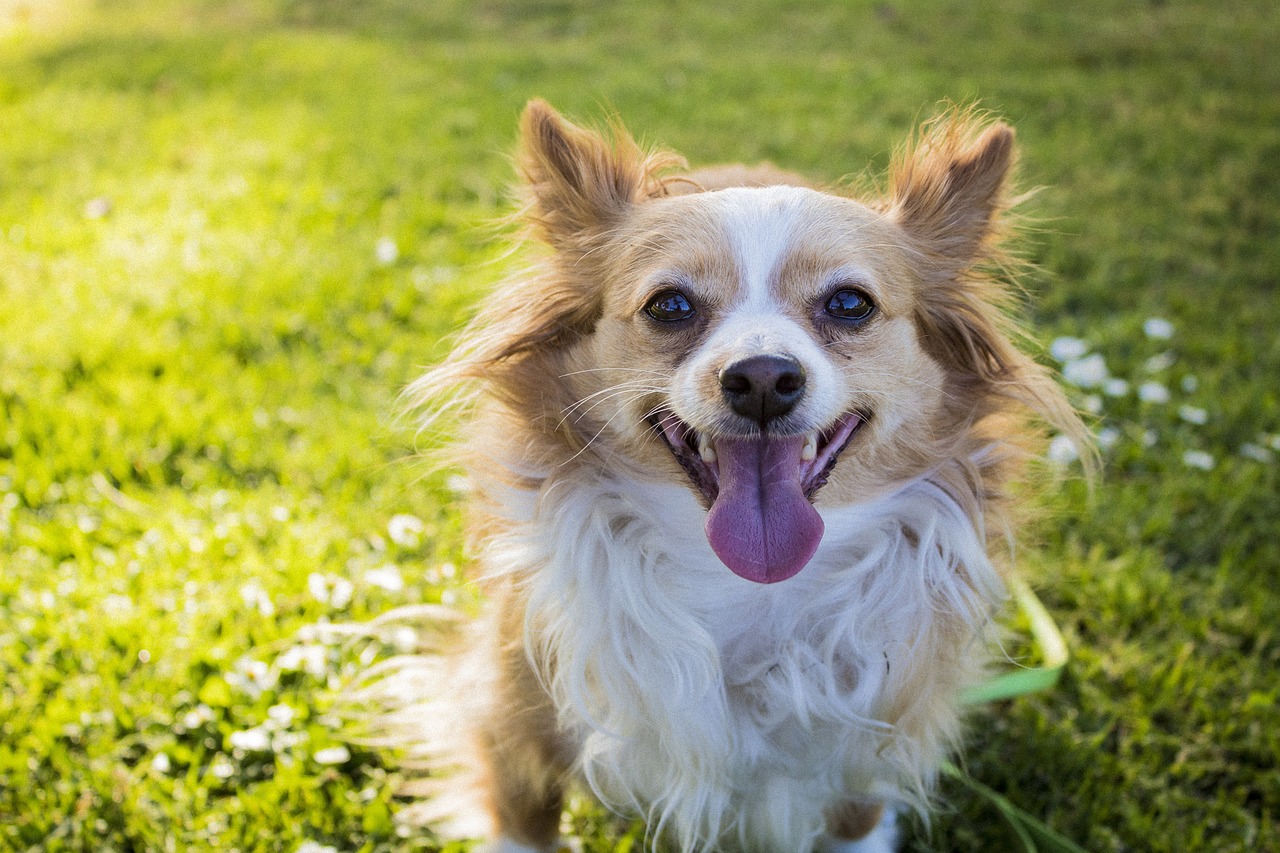
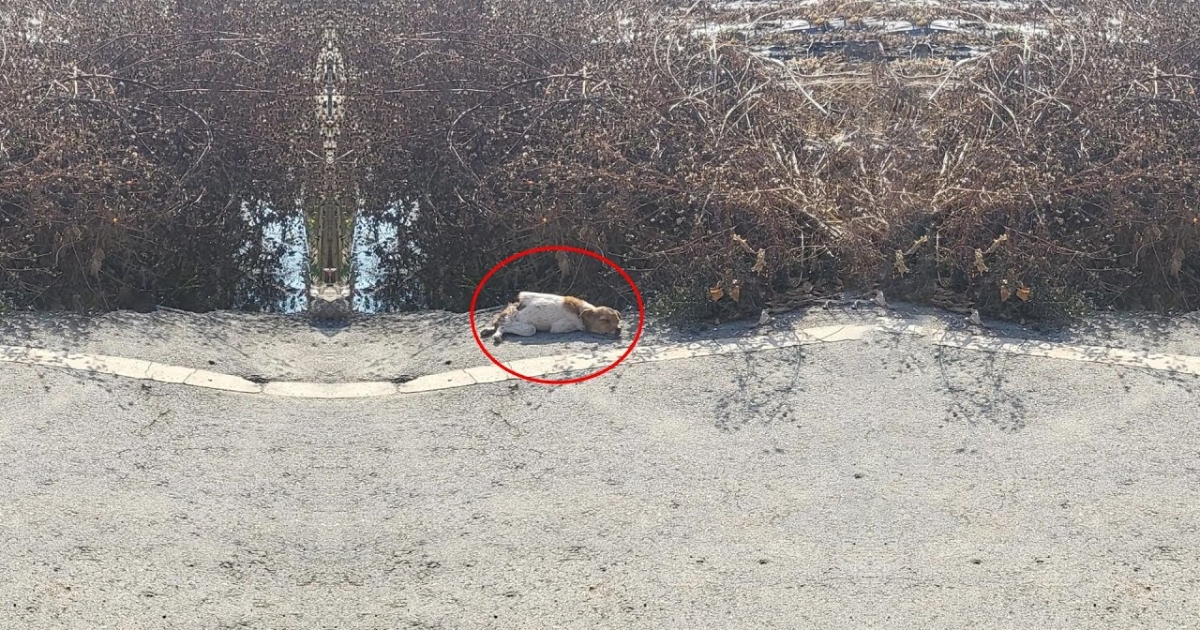
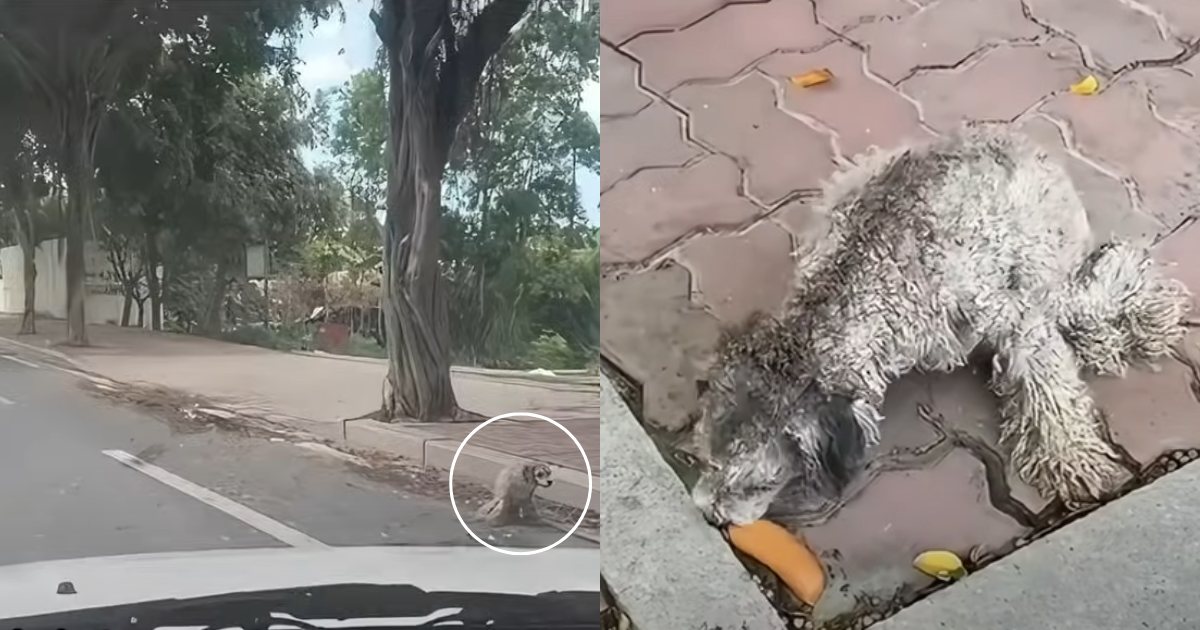

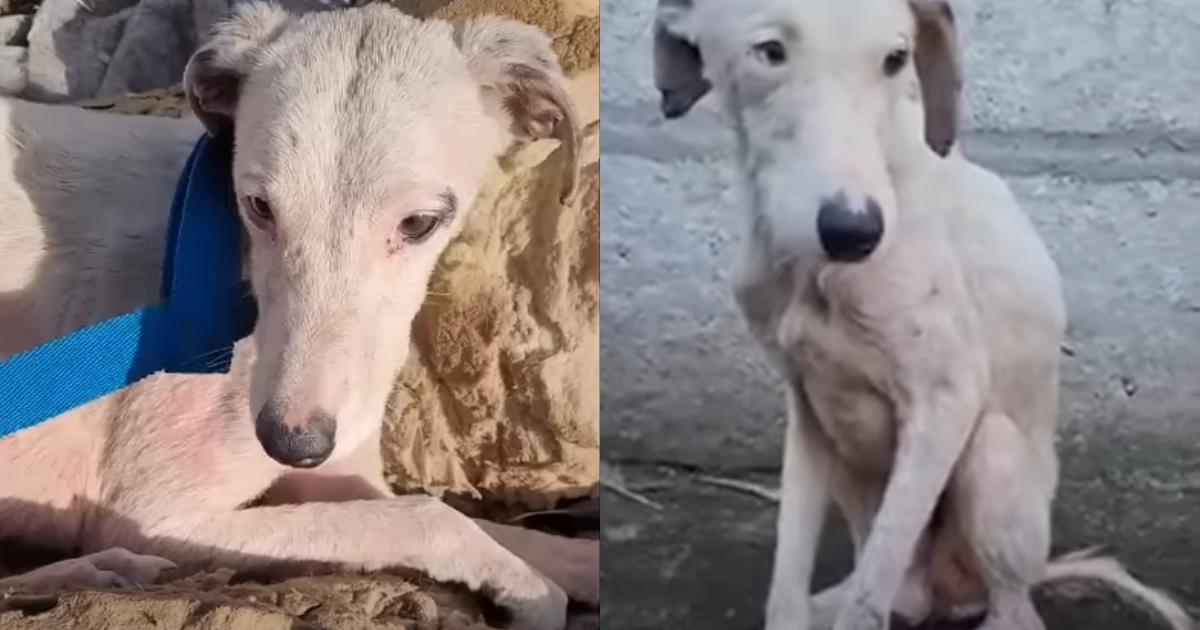
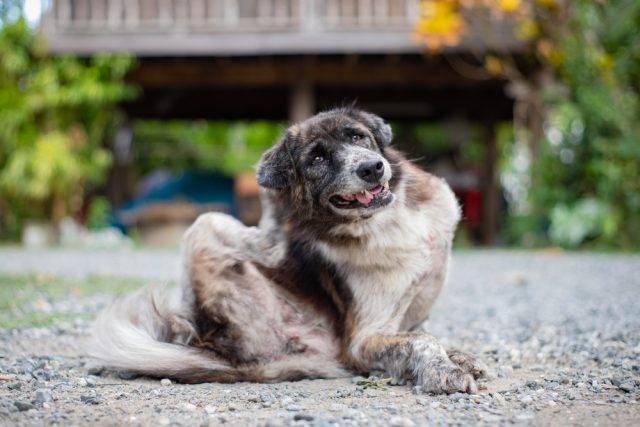
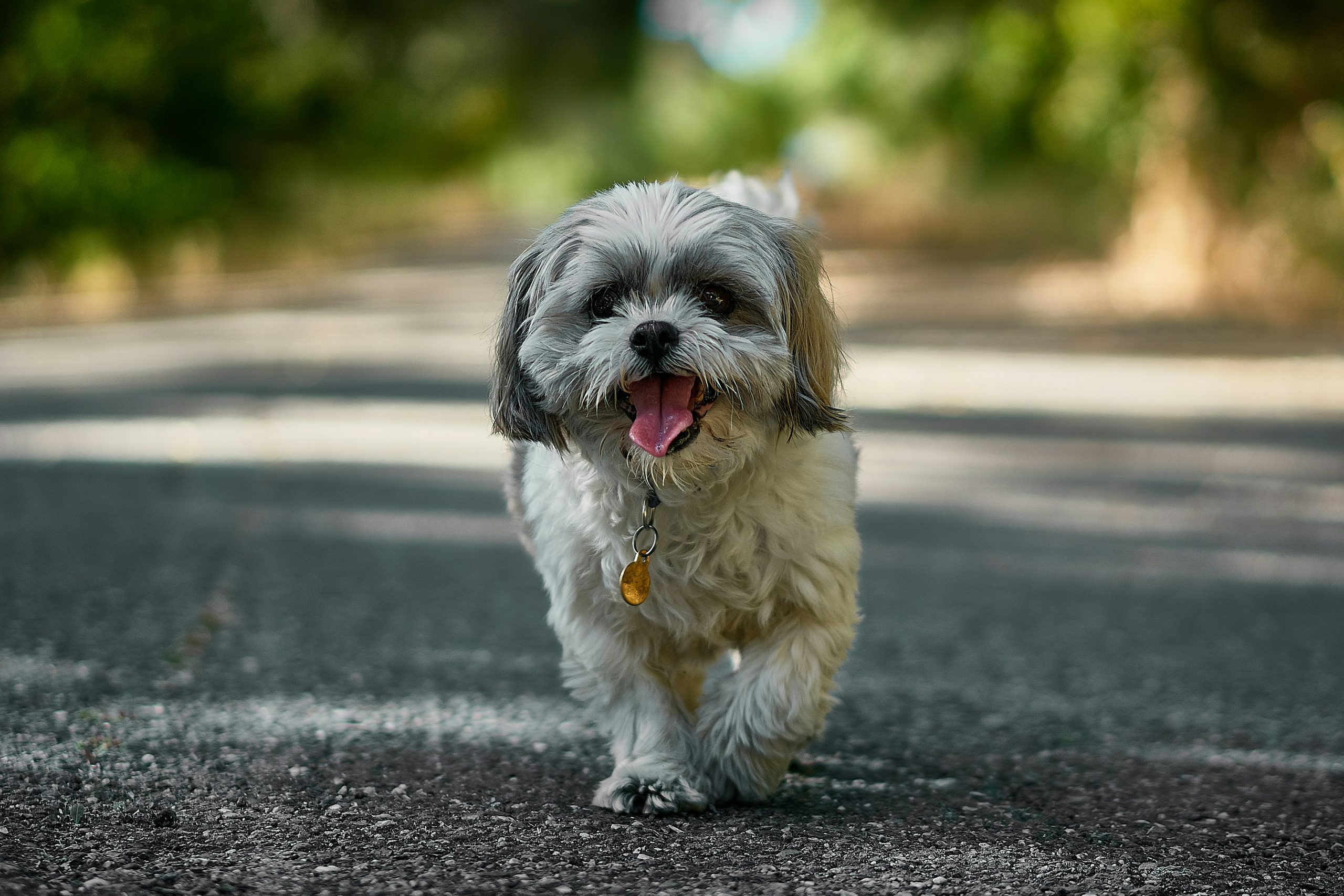
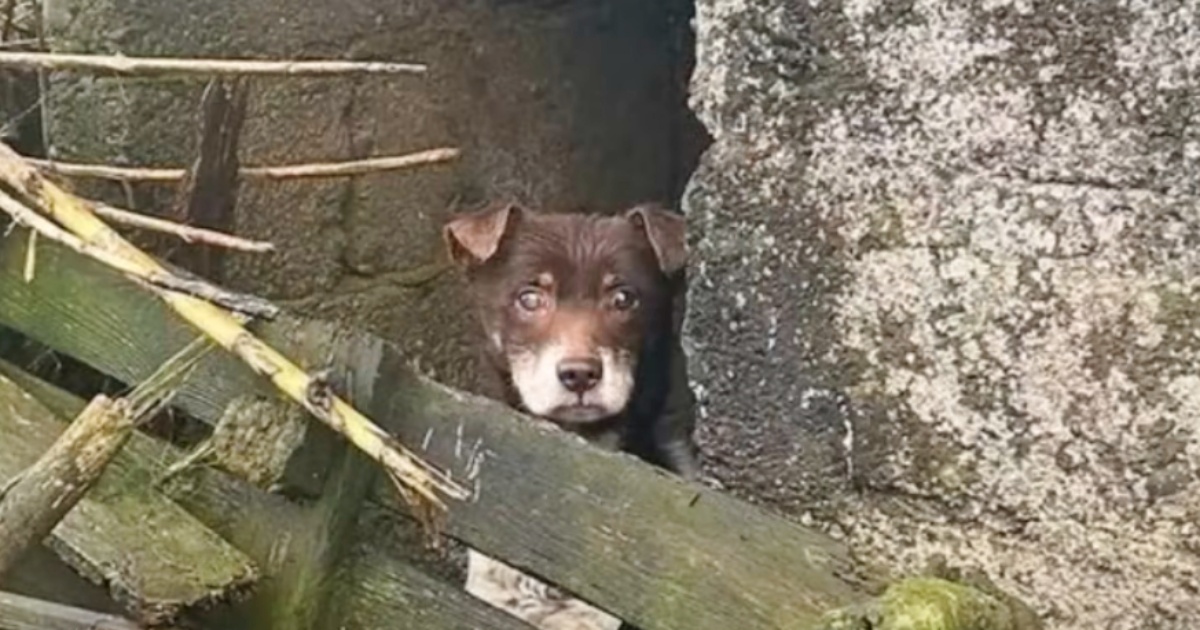
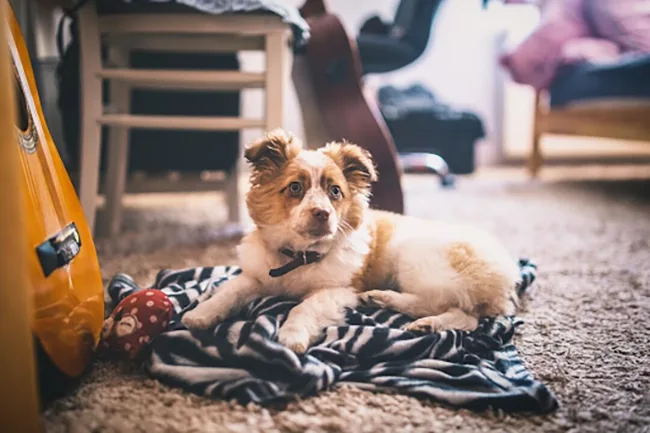
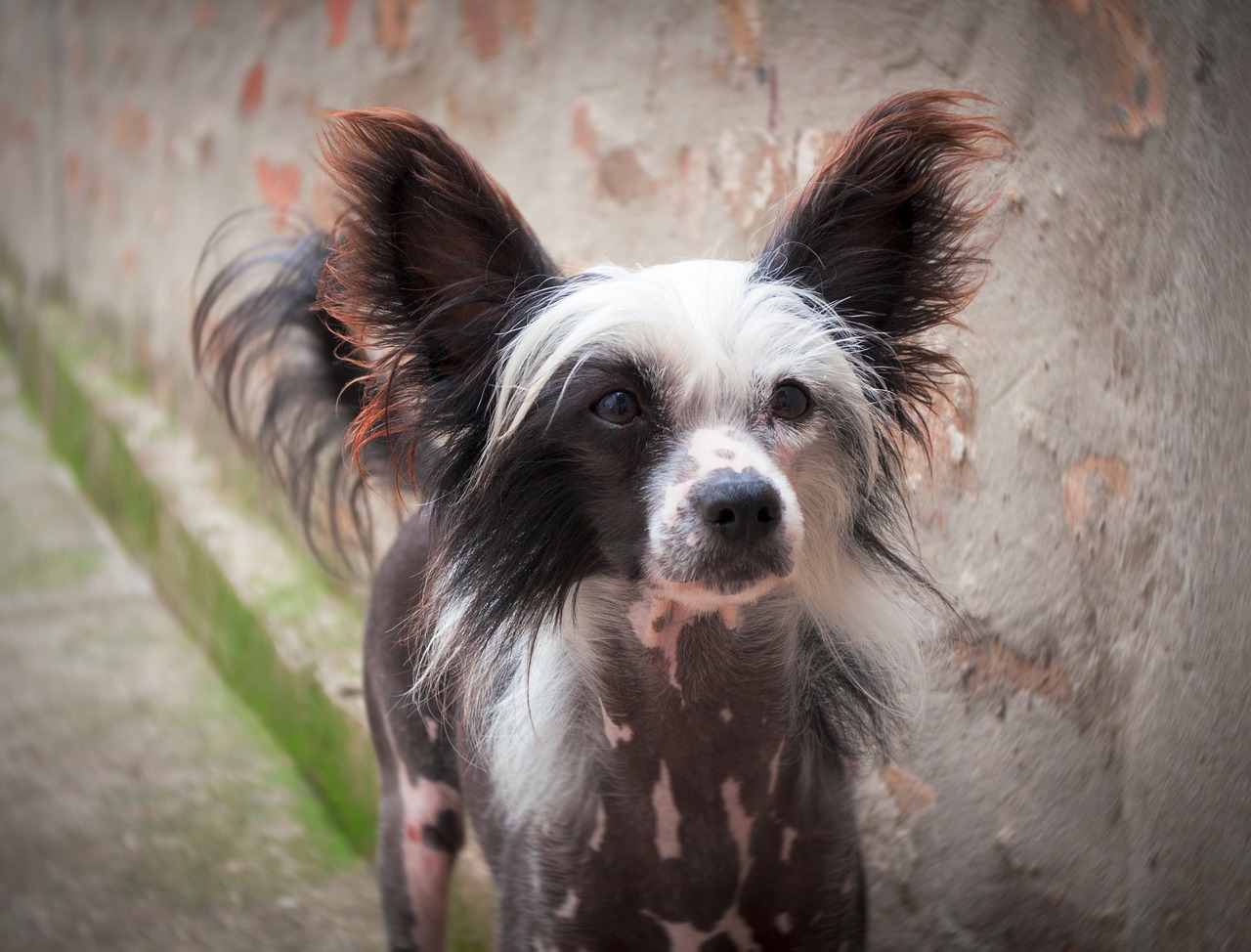


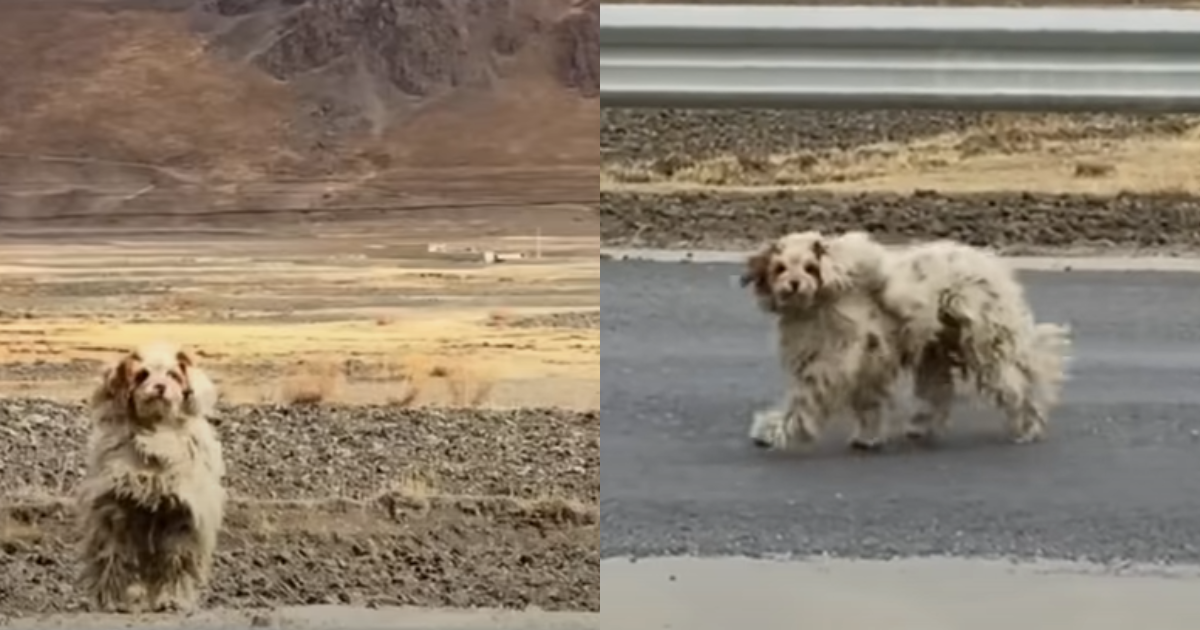

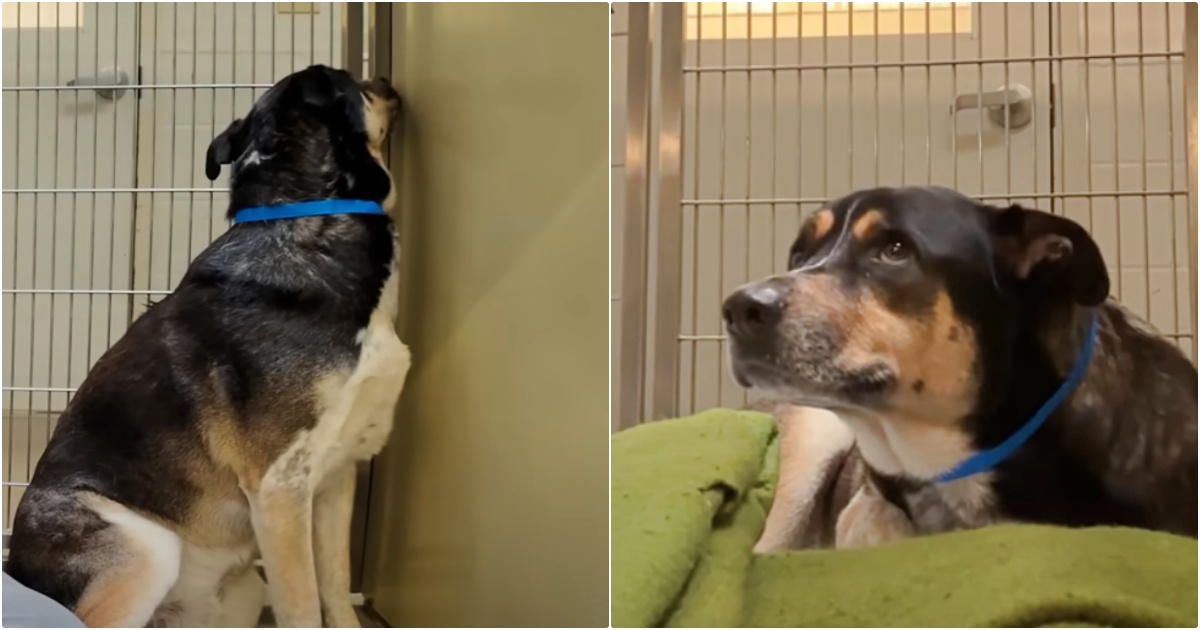
![Cost of a Borzoi Puppy by US Region [2024]](https://iheartdogs.com/wp-content/uploads/2024/04/borzoi-4950553_1280.jpg)
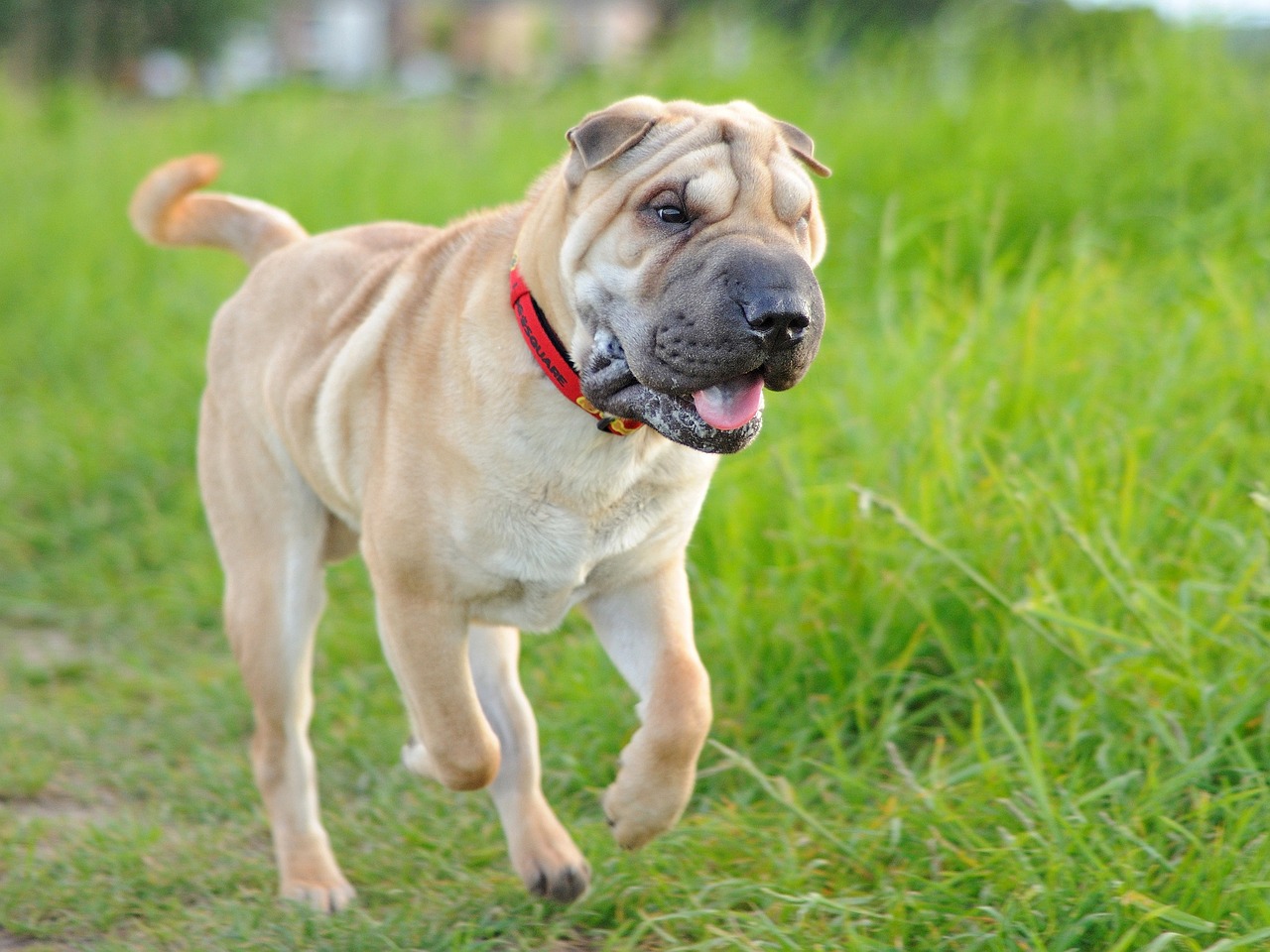
 English (US) ·
English (US) ·